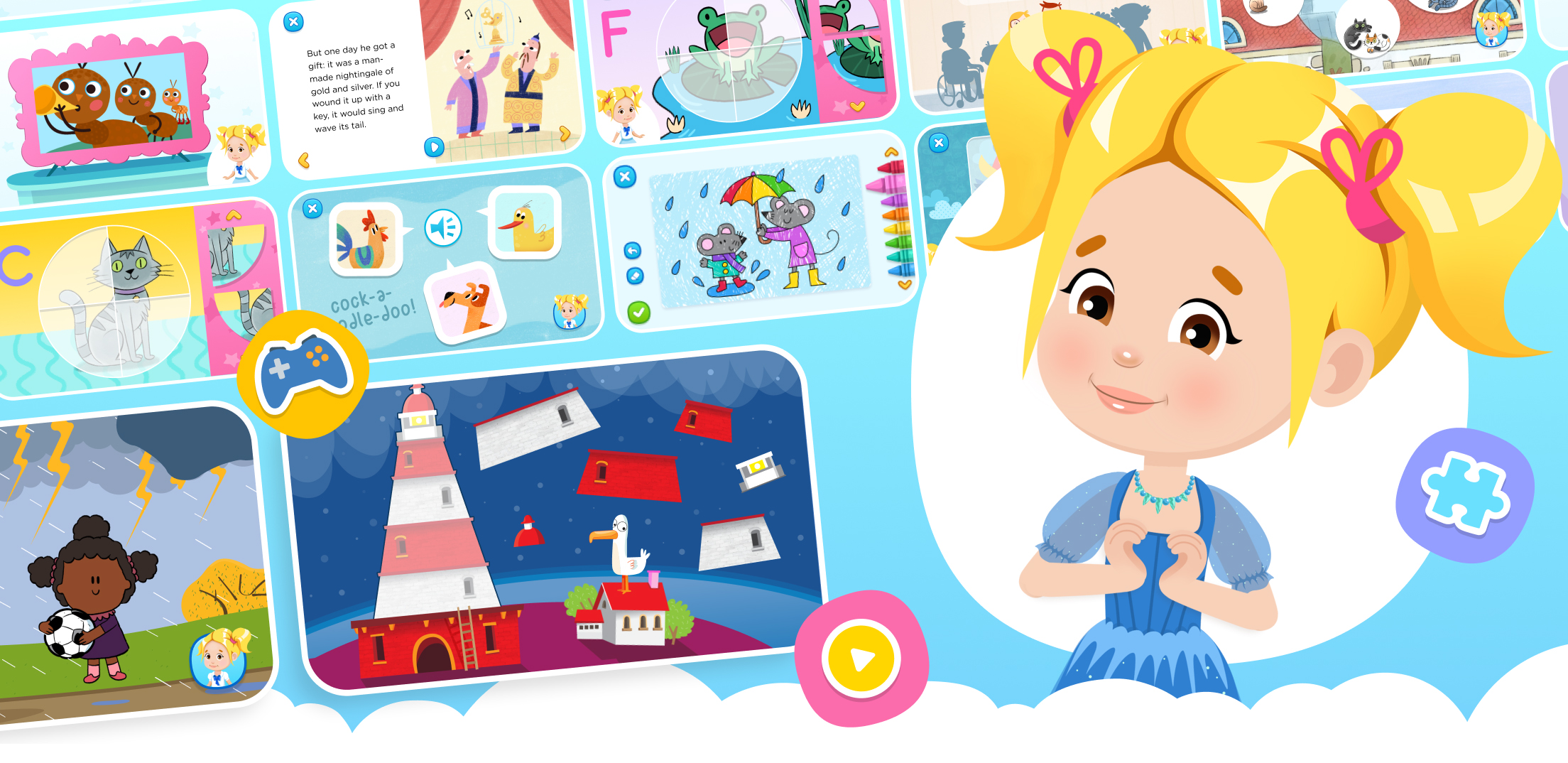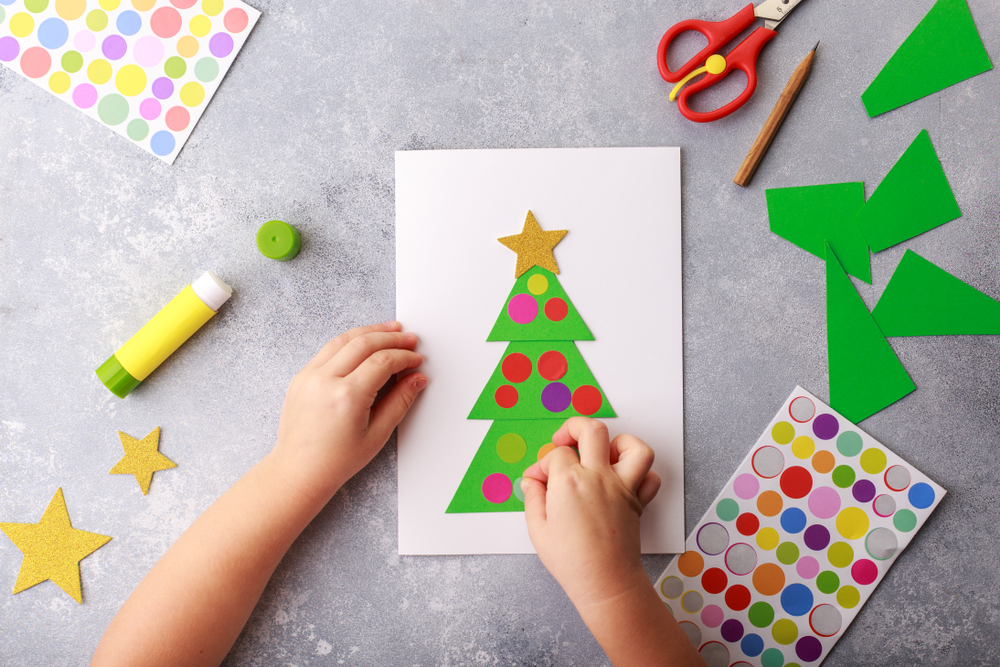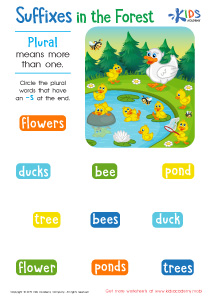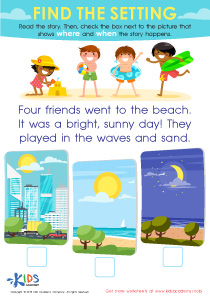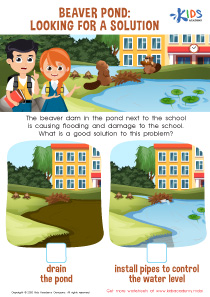Easy Lowercase/Small Letters worksheets activities for Ages 4-6
2 filtered results
-
From - To
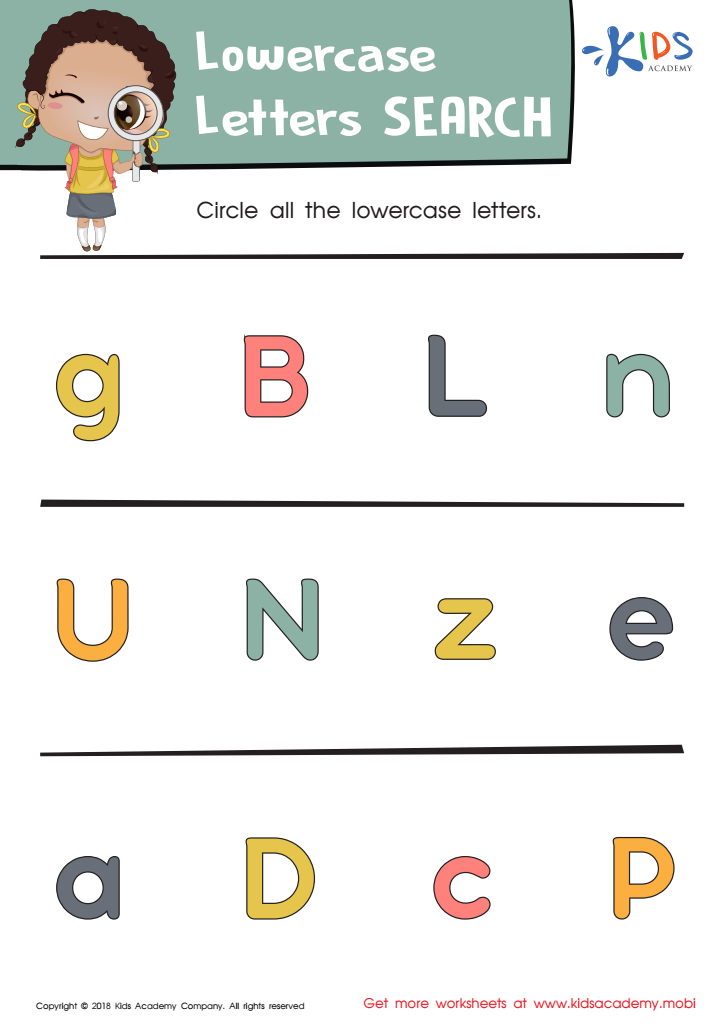

Lowercase Letters Search: Assessment Worksheet
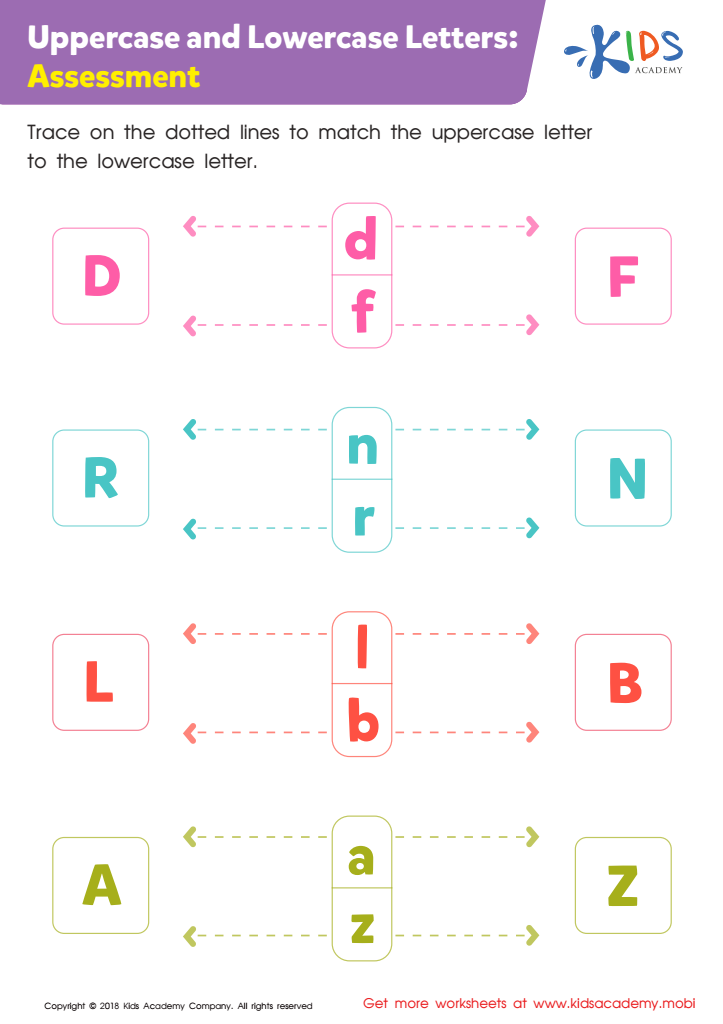

Uppercase and Lowercase Letters: Assessment Worksheet
Easy Lowercase/Small Letters worksheets activities are a foundational tool in the journey of early literacy. These simple yet effective exercises are designed to introduce young learners to the alphabet in a way that is accessible and engaging. Understanding and recognizing lowercase letters are crucial skills for children, as these forms are more frequently encountered in reading and writing than their uppercase counterparts.
The benefits of Easy Lowercase/Small Letters worksheets activities extend beyond mere letter recognition. They serve as a building block for developing fine motor skills. As children trace, match, and write lowercase letters, they refine their pencil grip and control, laying the groundwork for neat, legible handwriting. Additionally, these activities enhance visual discrimination, helping children to distinguish between letters that look similar, such as 'b' and 'd', or 'm' and 'n'. This skill is fundamental for reading fluency and comprehension.
Moreover, Easy Lowercase/Small Letters worksheets activities are designed to be engaging and enjoyable. They often incorporate colorful illustrations, puzzles, and themes that captivate children's interest. This playful approach to learning ensures that children associate literacy with fun, fostering a positive attitude toward reading and writing that can last a lifetime.
Incorporating these activities into a child's learning routine is also incredibly convenient. They are readily available, easy to understand, and can be completed at the child's own pace, making them a flexible resource for both classroom and home settings. Whether used as part of structured learning or for informal practice, these worksheets provide valuable repetitive practice that is essential for mastering the alphabet.
In conclusion, Easy Lowercase/Small Letters worksheets activities are a vital educational resource. They lay the foundation for literacy by promoting letter recognition, enhancing fine motor skills, and fostering a love for reading and writing. Through these engaging and accessible activities, children are set on a path toward successful and confident literacy.

 Assign to the classroom
Assign to the classroom



